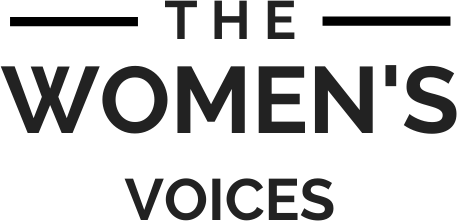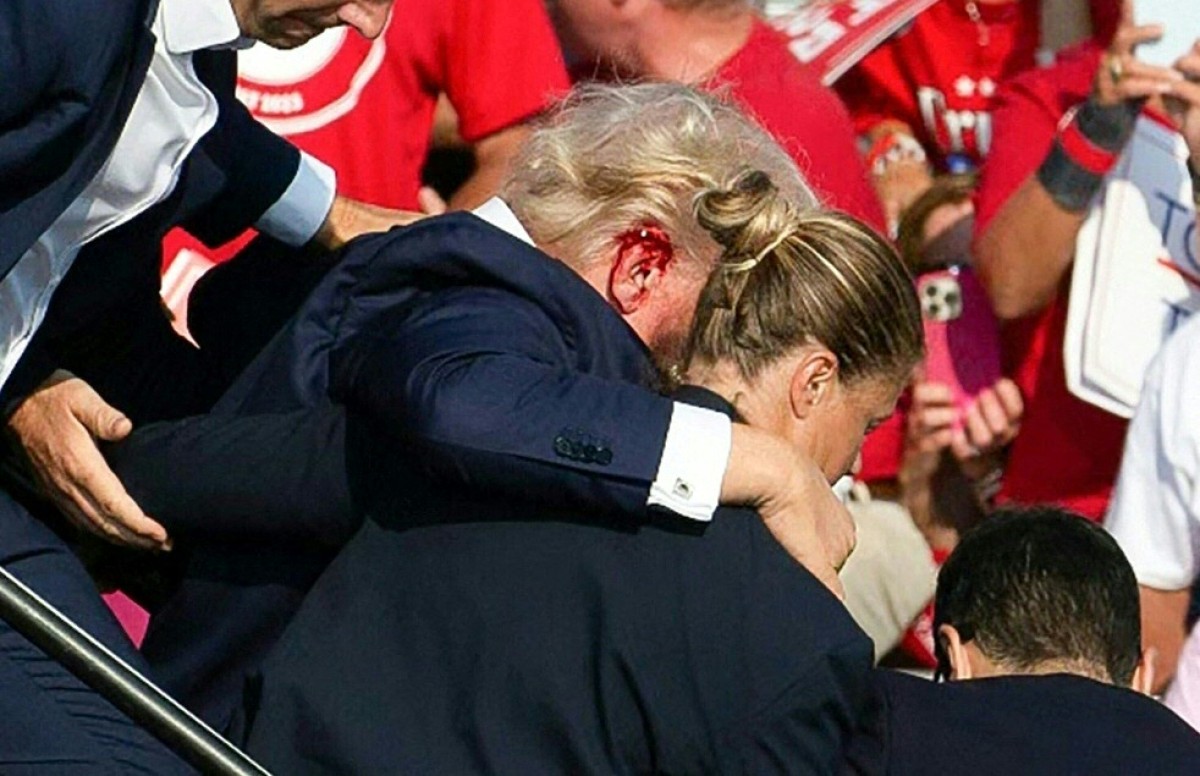During the attempted assassination of former President and American candidate Donald Trump, broadcast images showed the swift actions of the U.S. Secret Service in real-time. Among the agents rushing to Trump’s aid, a woman climbed onto the stage and positioned herself protectively in front of the former President. Today, women make up 24% of the U.S. Secret Service agents. What do we know about the women who have become agents? Since when have female agents been recruited? What role have they played in the history of the United States Secret Service (USSS) and national security? Here are some answers.
Kathryn Clark: a pioneer in the early ’70s
The U.S. Secret Service was created in 1865, primarily to combat currency counterfeiting. It wasn’t until 1971 that the agency hired its first female special agent, Kathryn M. Clark, who paved the way for women in an exclusively male domain. Clark’s recruitment marked a significant turning point, challenging traditional gender roles within the agency.
Clark’s entry into the Secret Service was undoubtedly a memorable event. As reported by the Washington Post, she faced numerous obstacles, including skepticism and resistance from her male colleagues. Her perseverance and professionalism set a precedent for future female agents. “Being a woman in the Secret Service meant constantly proving my capabilities,” Clark explained in an interview with ABC News. Her legacy is a testament to the resilience and determination needed to succeed in such a demanding environment.
The role of women in the Secret Service
Today, women in the Secret Service occupy various roles, ranging from special agents to administrative positions. Special agents are tasked with protecting the President, Vice President, and their families, as well as foreign dignitaries and heads of state. They also investigate financial crimes, cybercrimes, and threats against protected individuals.
Agents like Julia Pierson, who became the first female Director of the Secret Service in 2013, have made history in this field. Pierson’s appointment was a breakthrough, symbolizing a breach in the agency’s glass ceiling. In an interview with NBC News, Pierson emphasized the importance of diversity: “A diverse workforce is essential to the Secret Service’s mission of protecting the nation’s financial infrastructure and its leaders.”
Persistent challenges for women in the Secret Service
Despite these advancements, women in the Secret Service have faced significant challenges, including gender discrimination and harassment. A notable incident was a 2015 lawsuit filed by dozens of female agents alleging a culture of discrimination and a hostile work environment. The lawsuit detailed how female agents were consistently overlooked for promotions and assignments compared to their male counterparts.
In response to these allegations, the Secret Service has undertaken measures to address and rectify these issues. Implementing diversity and inclusion training programs, as well as creating support networks for female agents, have been steps towards creating a more equitable work environment. “We are committed to fostering a workplace where all employees are treated with dignity and respect,” a Secret Service spokesperson stated in a press release.
What actions and performances for these female agents?
The contributions of women in the Secret Service are manifold. From thwarting assassination attempts to investigating complex financial frauds, female agents have played significant roles in safeguarding national security. A notable example is Special Agent Anna S. DeBianchi, who was instrumental in uncovering a major counterfeiting operation in 2008, leading to multiple arrests and the seizure of millions in counterfeit currency.
Women in the Secret Service have also been at the forefront of adapting to new security challenges. The growing threat of cybercrimes has required a more tech-savvy workforce, and female agents have been deeply involved in developing and implementing cybersecurity measures. As highlighted in a report by the Department of Homeland Security, female agents have led numerous successful operations against cybercriminal networks, showcasing their expertise and leadership in this critical area.
Opportunities for women in the Secret Service today
In 2019, Alta Gunawan became the first woman to complete the rigorous training to join the elite Secret Service Motorcycle Support Unit (MSU). When asked about the personal significance of this accomplishment, she said, “I hope that I’ve inspired others, both women and men, to go after what they want and not to give up until they get it.” The Secret Service aims to increase female representation within its ranks, with a focus on recruitment, underscoring the agency’s commitment to gender equality. Initiatives such as mentorship programs and leadership development courses are designed to support and advance the careers of female agents.
In April 2021, the graduation of Special Agent Training Class 387 marked the first time that female trainees outnumbered their male counterparts.
To read: Rachel Reeves: Britain’s first female finance minister

